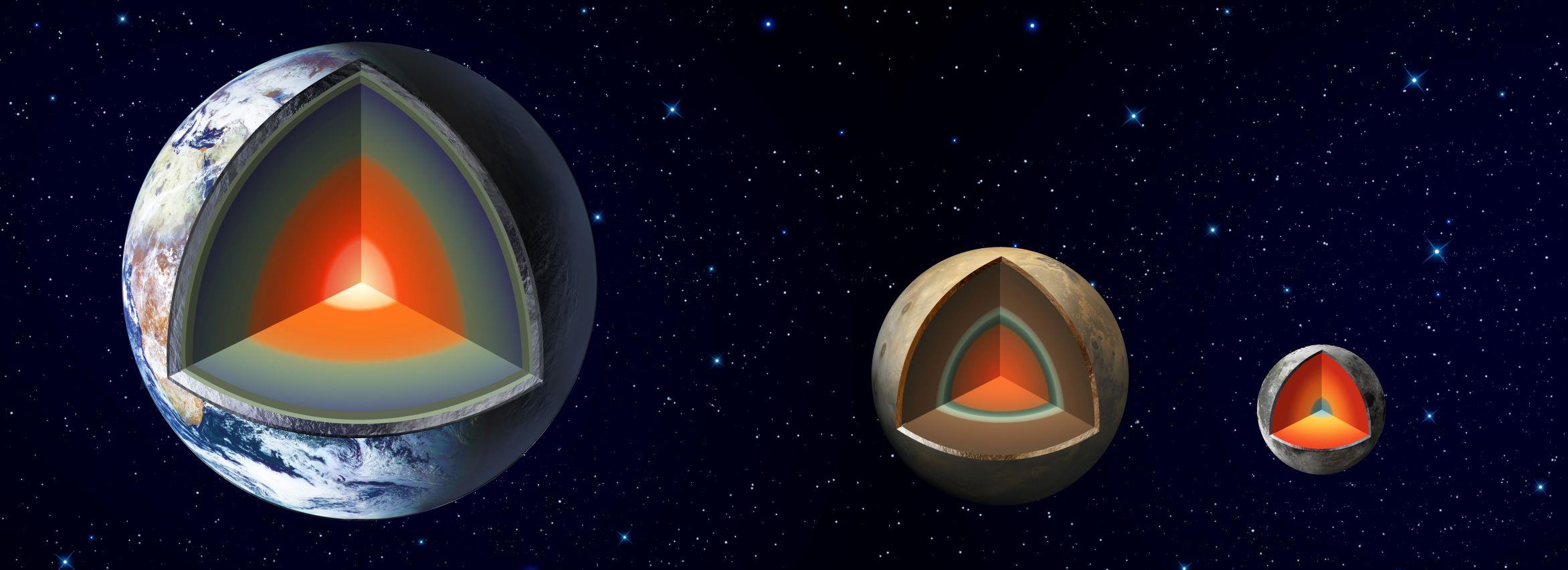Mercury does have a solid core and it is larger than we think

For many years, scientists had established that Mercury, like planet Earth, had a liquid outer metal core. For the rest, it was only speculation. However, new evidence supports the theory of a solid metallic inner core.
New solid evidence
It was NASA that recently presented new evidence on the existence of a solid core at the heart of Mercury. Antonio Genova and his teammates at NASA’s Goddard Center conducted research that concluded that Mercury not only has a solid core but that it would be almost the same size as the Earth’s!
Indeed, Mercury’s solid core would have a diameter of 2,060 kilometers, 50 kilometers more than believed first. That would be almost half the total width of the planet’s core. In comparison, the Earth’s solid inner core is 2,400 kilometers wide, just over a third of the entire core. And as Antonio Genova points out, “Mercury’s interior is still active because of the molten core that feeds its weak magnetic field compared to that of the Earth. »

An impressive planet
When you consider that Mercury’s total diameter is 4,879 kilometers, you realize that its core is actually huge! But this is not the only impressive thing that has been observed about this planet. In fact, the latter is the one with the largest amount of iron in the solar system! In addition, in 2018, Americans had succeeded in proving that the Mercury crust was 26 km thick, 9 km less than previously thought, but that its density was even higher than that of aluminum, which is 2.7 g/cm³.
These important characteristics of Mercury make some planetologists believe that it is actually a fragment of a larger planet that has lost its crust and mantle due to a possible collision with another space object, leaving only its iron core.
For more details about Mercury’s solid metallic inner core work, you can consult the Geophysical Research Letters.







